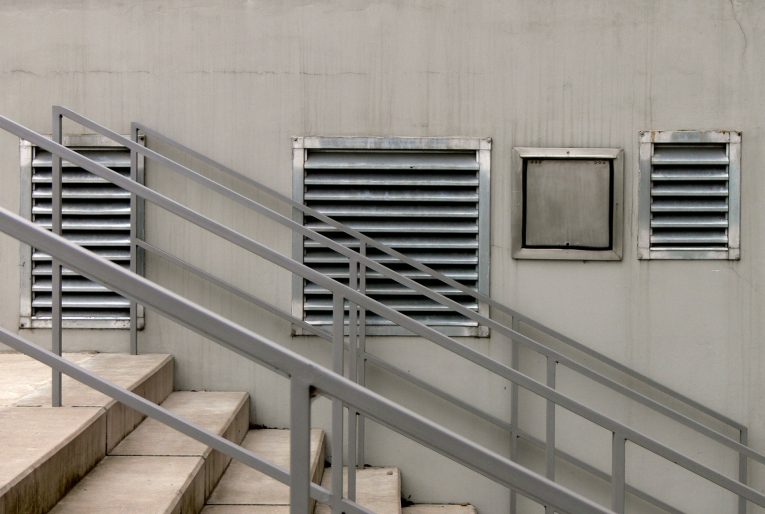A report from the American Association for the Advancement of Science Journal concludes there is “great disparity” in the discussion around the prevention of environmental infection, including an ill-advised lack of focus on air quality measures.
The report finds that governments have pushed legislation and invested heavily in food safety, sanitation, and drinking water for public health purposes over the last few decades. By contrast, airborne pathogens and respiratory infections, whether seasonal influenza or COVID-19, are addressed fairly weakly, if at all, in terms of regulations, standards, and building design and operation.
In fact, the Journal equates the current state of air quality to the state of public drinking water in the 1800s and notes that, with the exception of healthcare settings, few engineering-based measures have been implemented in public buildings to limit the spread of airborne pathogens.
However, the report’s authors, a variety of scientists from the association, do note that the COVID-19 pandemic has helped to spur rapid growth in the public understanding of the mechanisms behind respiratory infection transmission. They stress that they should drive a significant shift in how respiratory infection prevention and control is viewed and addressed.
That, they say, starts with “a recognition that preventing respiratory infection, like reducing waterborne or foodborne disease, is a tractable problem.”
Thankfully, albeit belatedly, indoor air quality has indeed become a large focus for discussion and education as the pandemic has unfolded. Various scientific assessments have deemed indoor air quality as a vital factor in the transmission of COVID-19 and other respiratory infections.
RELATED: Employees willing to take pay cut for better air quality
The CDC announced in May that it had updated its website with new guidance on COVID-19’s ability to spread through the air, stating that aerosol particles can build up in spaces without adequate ventilation.
The way that buildings are designed, operated and maintained can influence the transmission of these particles and the best way to mitigate the impact is through proper ventilation.








